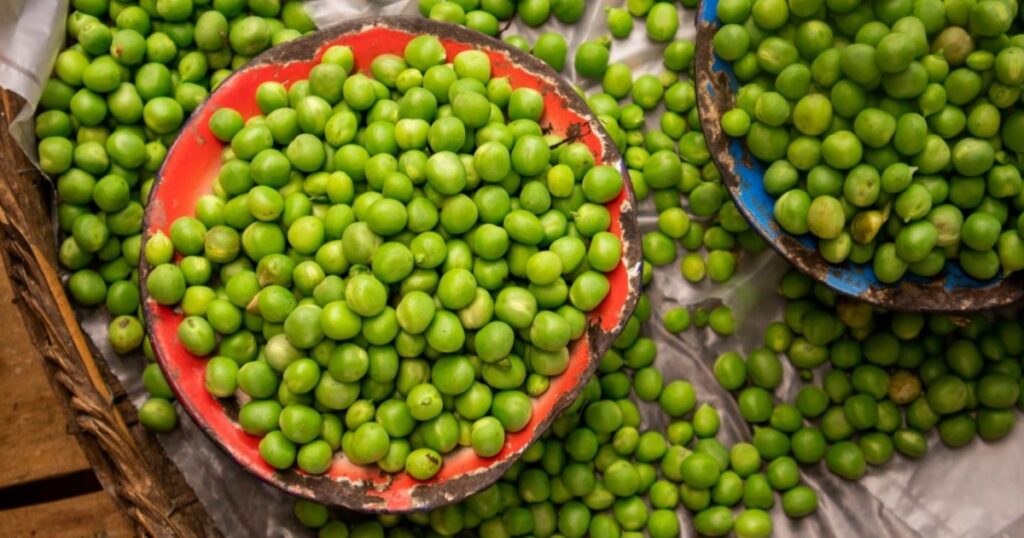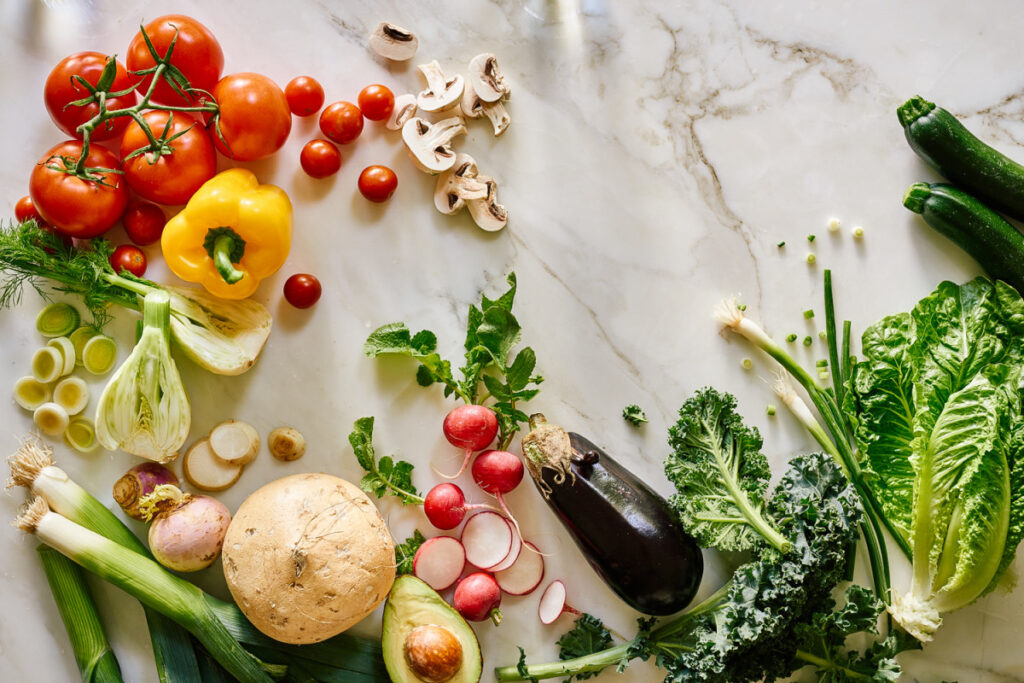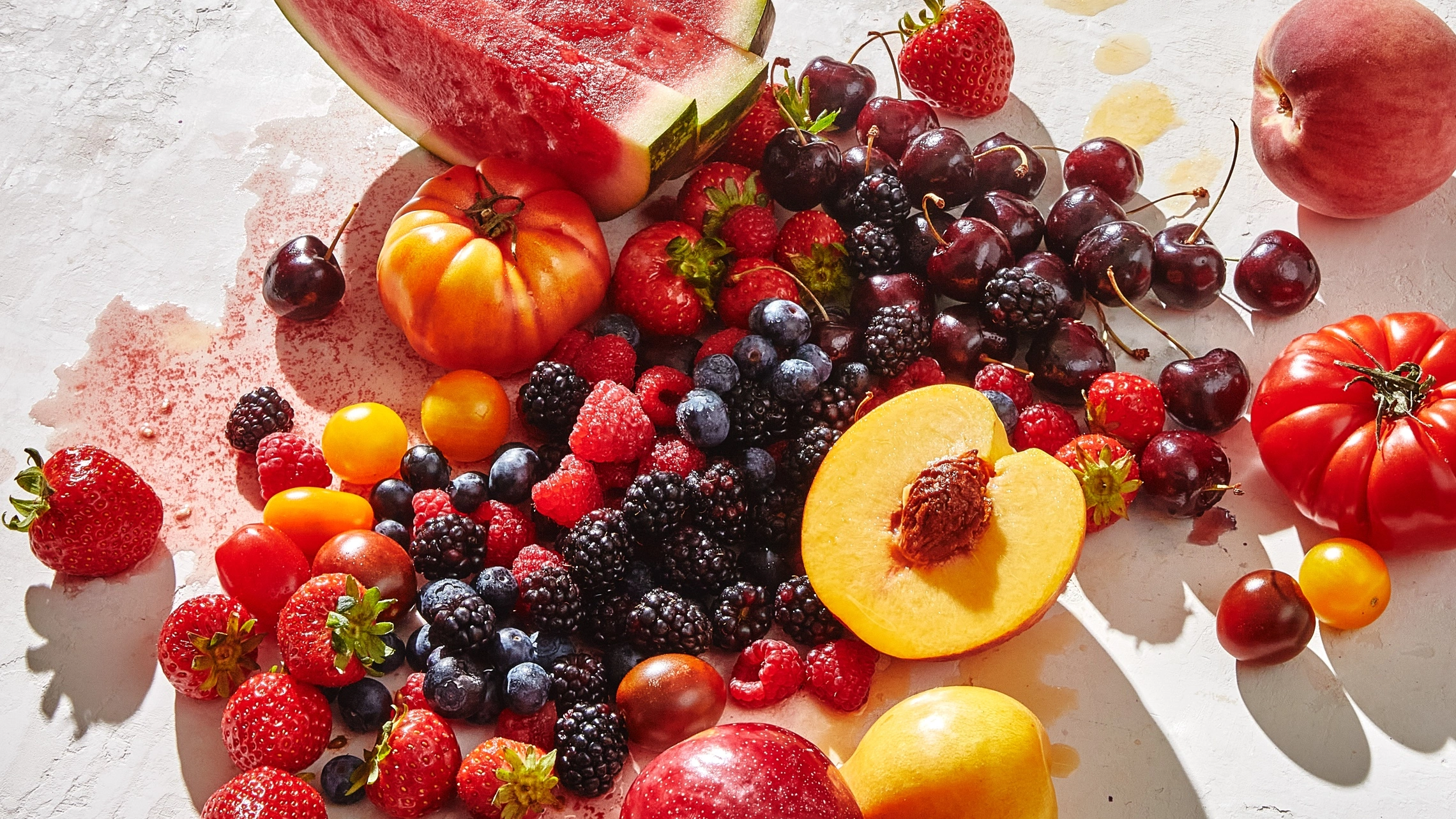Welcome to the world of seasonal eats, where the freshest ingredients of the moment take center stage in delicious culinary creations.
In this article, we’ll explore the art of cooking with in-season produce, celebrating the vibrant flavors and nutritional benefits that come with aligning our meals with nature’s rhythm.
From crisp salads to hearty soups and succulent mains, there’s no shortage of inspiration when it comes to incorporating seasonal produce into your cooking repertoire.
So, grab your shopping bags and let’s embark on a journey through the bountiful world of seasonal eats!

The Beauty of Eating with the Seasons
Eating with the seasons isn’t just about following a trend; it’s about reconnecting with the natural rhythms of the earth and embracing the beauty of fresh, local produce.
When fruits and vegetables are in season, they’re not only at their peak flavor but also packed with essential nutrients.
Plus, by choosing seasonal ingredients, you’re supporting local farmers and reducing your carbon footprint.
Spring Delights
As the days grow longer and the temperatures rise, spring brings a bounty of vibrant produce to the table.
Think tender asparagus spears, peppery arugula, and sweet strawberries bursting with flavor.
Embrace the freshness of spring with recipes like a refreshing strawberry spinach salad tossed in a tangy balsamic vinaigrette or a creamy asparagus risotto sprinkled with Parmesan cheese.
Summer Sensations
Summer is the season of abundance, with farmers’ markets brimming with a rainbow of colors and flavors.
Juicy tomatoes, crisp cucumbers, and fragrant basil are just a few of the stars of the summer produce lineup.
Beat the heat with dishes like a refreshing watermelon feta salad drizzled with a zesty lime dressing or grilled vegetable skewers bursting with charred goodness.

Autumn Harvest
As the leaves change color and the air turns crisp, autumn ushers in a cornucopia of hearty vegetables and sweet fruits.
Roasted butternut squash, tart apples, and earthy Brussels sprouts take center stage in fall-inspired dishes like a cozy butternut squash soup garnished with toasted pumpkin seeds or a savory apple and Gouda grilled cheese sandwich.
Winter Warmers
When the temperature drops and snowflakes start to fall, there’s nothing quite like warming up with comforting winter dishes made with seasonal ingredients.
Hearty root vegetables like carrots, potatoes, and parsnips shine in dishes like a rich and creamy root vegetable gratin or a hearty beef stew simmered to perfection with red wine and aromatic herbs.
Conclusion:
In conclusion, cooking with in-season produce isn’t just a culinary choice; it’s a lifestyle that celebrates the beauty of nature’s bounty.
By embracing seasonal eats, you not only enjoy fresher, more flavorful meals but also support local farmers and reduce your environmental impact.
So, the next time you’re at the market, take a moment to savor the sights, smells, and tastes of the season, and let Mother Nature be your guide in the kitchen.

FAQs:
1. Why is it important to cook with seasonal produce?
Cooking with seasonal produce ensures that you’re using ingredients at their peak flavor and nutritional value.
Plus, it supports local farmers and reduces the environmental impact of your food choices.
2. How can I tell if produce is in season?
One way to tell if produce is in season is to look for it at your local farmers’ market.
You can also check online resources or consult a seasonal produce guide for your region.
3. Are there any downsides to cooking with seasonal produce?
While there are many benefits to cooking with seasonal produce, one potential downside is that certain ingredients may not be available year-round.
However, this challenge can also inspire creativity in the kitchen as you explore new flavors and ingredients.
4. Can I still enjoy my favorite dishes if the ingredients aren’t in season?
Absolutely! While cooking with seasonal produce is ideal, you can still enjoy your favorite dishes by using frozen or canned versions of the ingredients when they’re not in season.
5. How can I incorporate more seasonal produce into my diet?
One easy way to incorporate more seasonal produce into your diet is to plan your meals around what’s available at your local farmers’ market or grocery store.
You can also experiment with new recipes that highlight seasonal ingredients and flavors.
